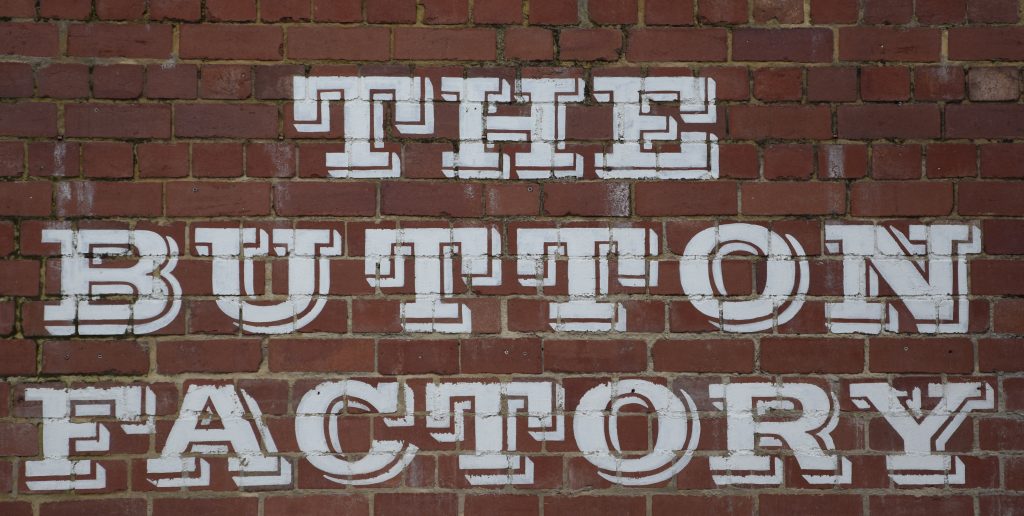By: MOLA Headland
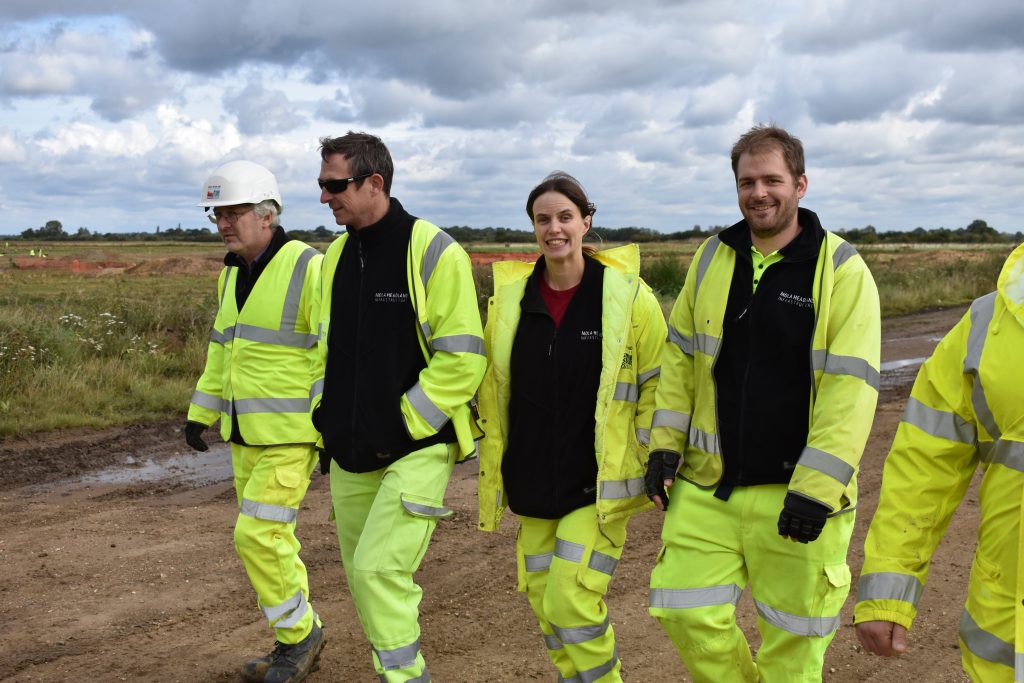
Ask the Expert: Senior Archaeologist
March 6, 2019This week, Emma Jeffery, Senior Archaeologist at MOLA Headland will be talking about the amazing archaeology of the A14 Cambridge to Huntingdon improvement scheme at Current Archaeology Live. In this blog, we find out more about her role on the Highways England scheme and what happens next. What has your…
Read More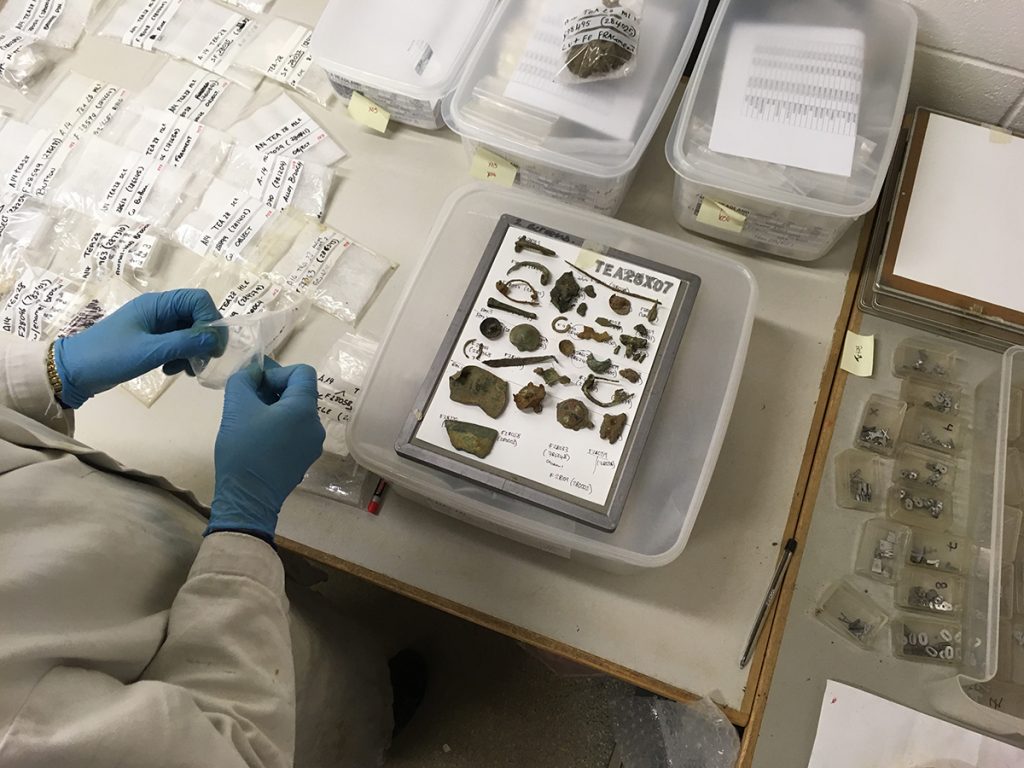
How are x-rays helping archaeologists identify finds from A14C2H?
February 21, 2019X-rays are a non-destructive way of exploring metal archaeological finds in more detail. They allow our finds specialists to reveal the true form of heavily corroded items and get a glimpse of the very fabric of an object, meaning they can better understand how it was made, its condition and…
Read More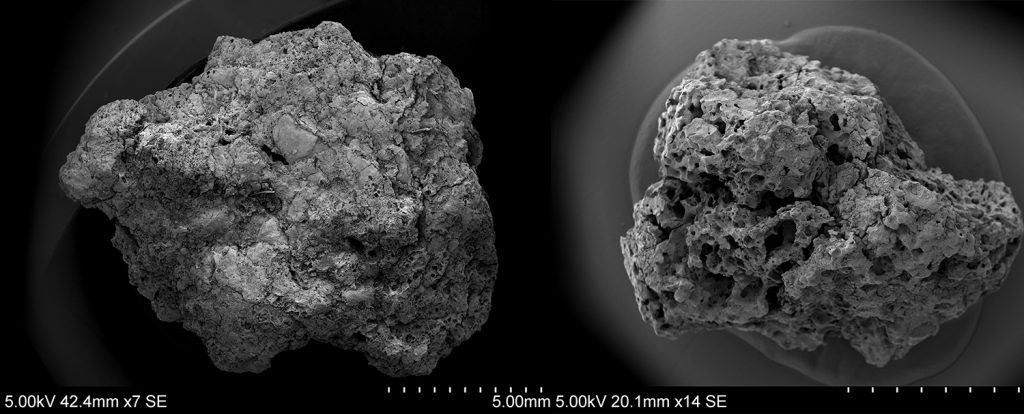
Earliest physical evidence of beer making process in Britain discovered on the A14C2H improvement scheme
January 30, 2019Our archaeobotanist, Lara Gonzalez Carretero, has uncovered what is believed to be the earliest physical evidence for beer-making in the UK, dating back more than 2000 years to the Iron Age, on the A14 Cambridge to Huntingdon improvement scheme. Evidence of early Iron Age porridge and bread-making has also been…
Read More
Why do archaeologists get excited by named burials?
January 24, 2019Archaeological excavation at St James’s Piccadilly burial ground in Euston for HS2 is well underway and we are uncovering a large number of burials with surviving name plates. These plates allow us to identify the induvial buried. With over 40,000 burials expected to be excavated and roughly ten percent of…
Read More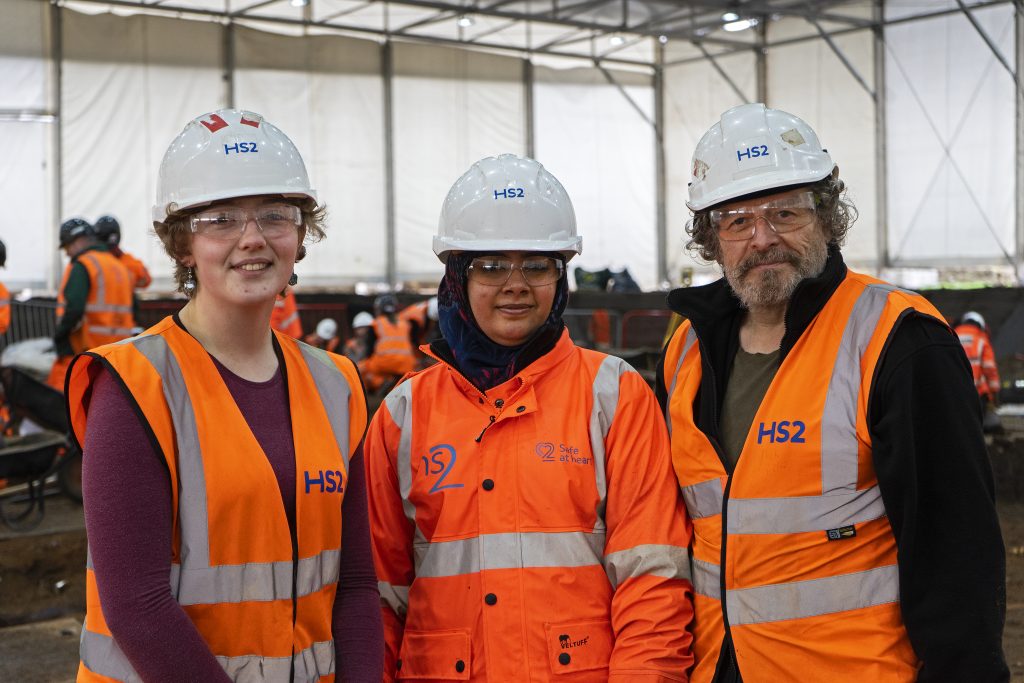
Meet the MOLA Headland trainees uncovering new careers in archaeology on HS2
January 17, 2019HS2’s archaeology programme is Europe’s biggest dig and is providing fascinating insights into the everyday lives of the people and communities who made modern Britain. It is also a great opportunity to bring fresh talent into the sector and upskill local people. In Birmingham, we’re working with partners: Laing O’Rourke…
Read More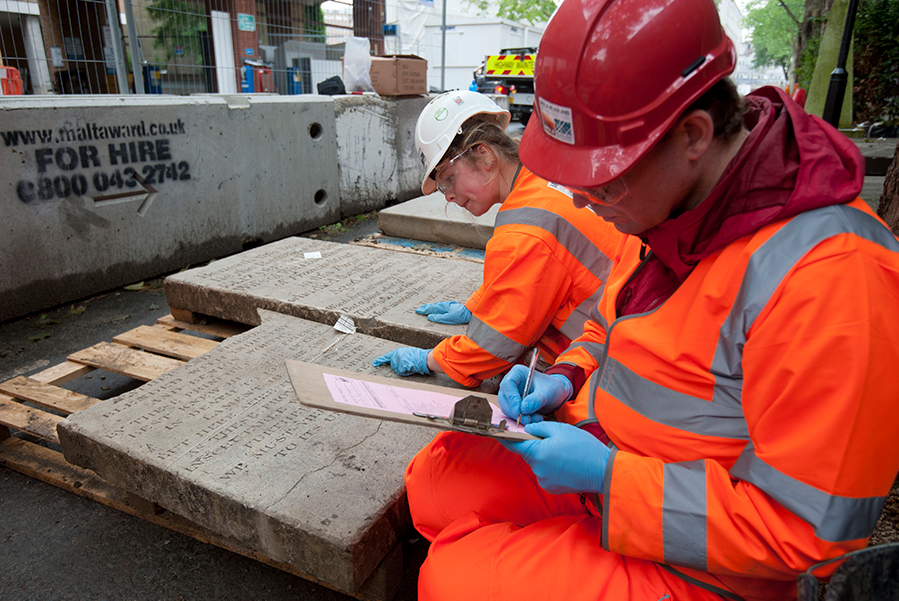
Local volunteers record gravestones of their 18th and 19th century forebears
December 22, 2018Over the summer an enthusiastic team of volunteers worked alongside our archaeologists to record the inscriptions of over 350 gravestones associated with St James’s burial ground in Euston, London. The gravestones are being studied for the HS2 archaeology programme. In this blog Community Engagement Officer, Paul McGarrity, tells us more….
Read More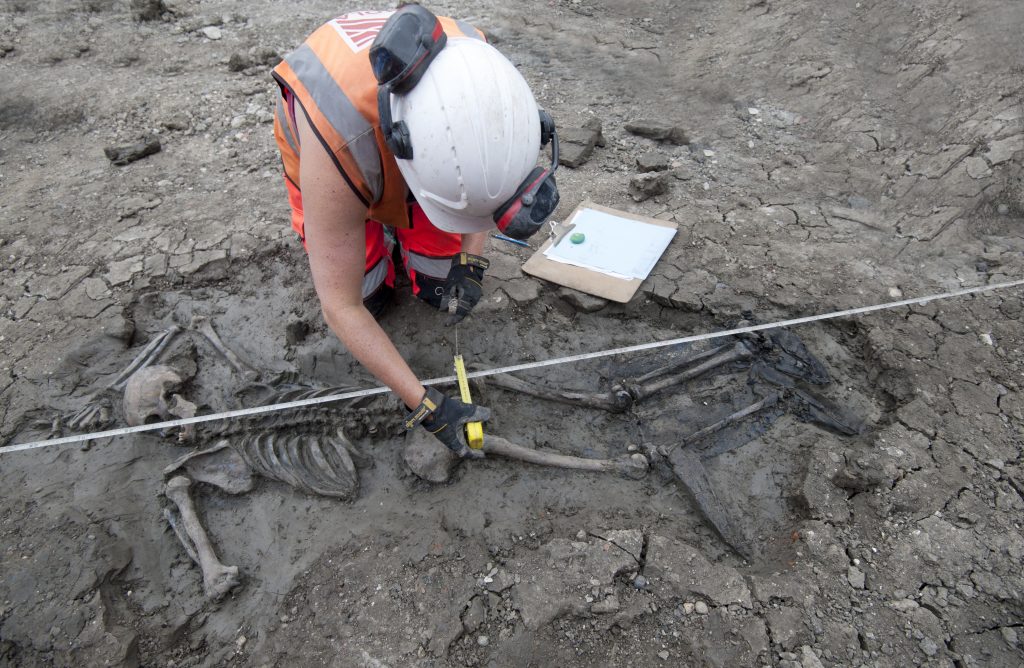
The medieval mystery of the booted man in the mud
December 3, 2018A mysterious male skeleton, lying face-down deep in the Thames mud, with a pair of in-situ thigh-high leather boots has been discovered by our archaeologists working on one of the sites being used to build London’s super sewer in Bermondsey. The skeleton was discovered at Tideway’s Chambers Wharf site in…
Read More
Archaeological excavation at Park Street burial ground underway
November 22, 2018Archaeological excavations at the site of the 19th century Park Street burial ground in Birmingham are up and running. Part of wider archaeological investigations taking place along the Phase One stretch of the HS2 rail route, the Park Street site is located on what will be the Birmingham Curzon Street…
Read More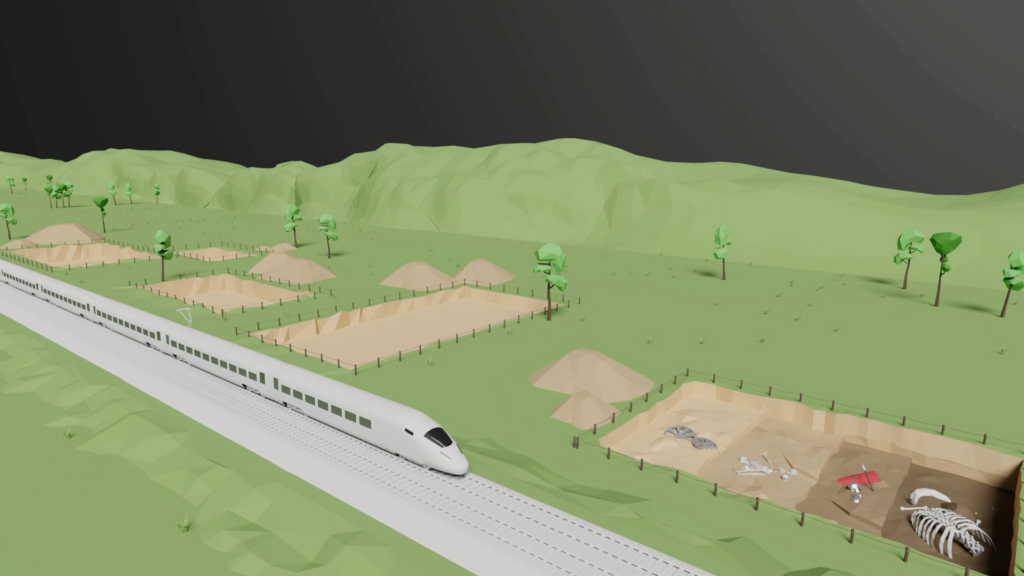
Full steam ahead for HS2 archaeology programme
October 26, 2018Today, HS2 announced their archaeology programme: the largest archaeological project to have ever taken place in the UK. Over 1,000 archaeologists and other specialists are working across 60 sites along the 150 mile route. Exploring over 10,000 years of Britain’s history the project is an unprecedented research opportunity. For full…
Read More